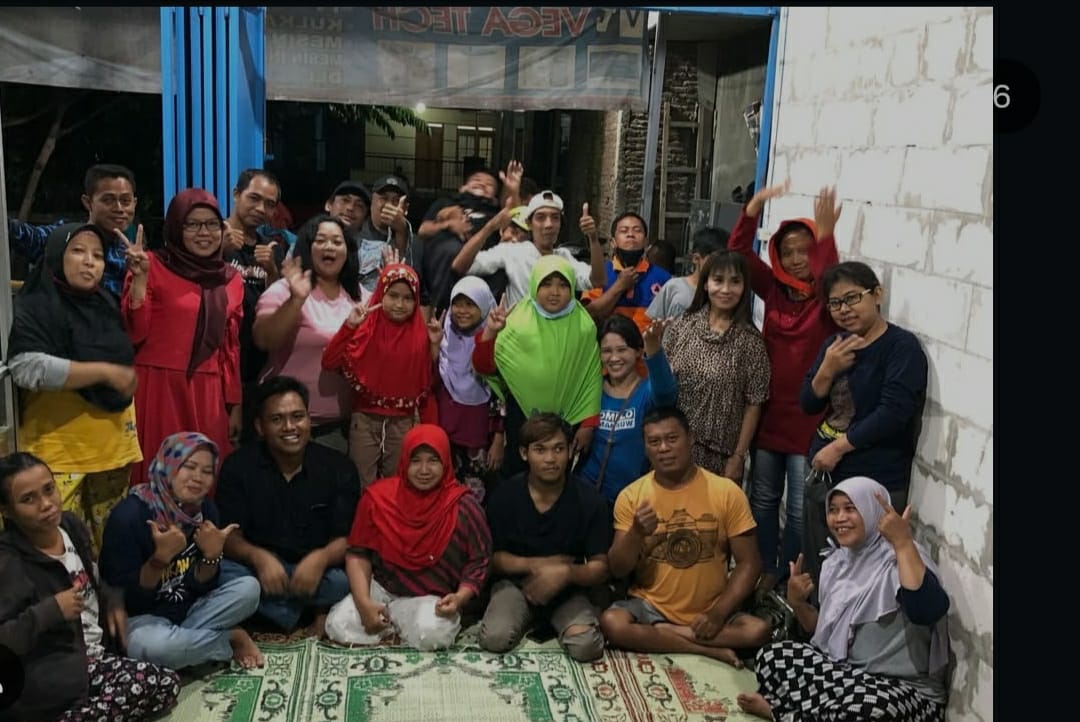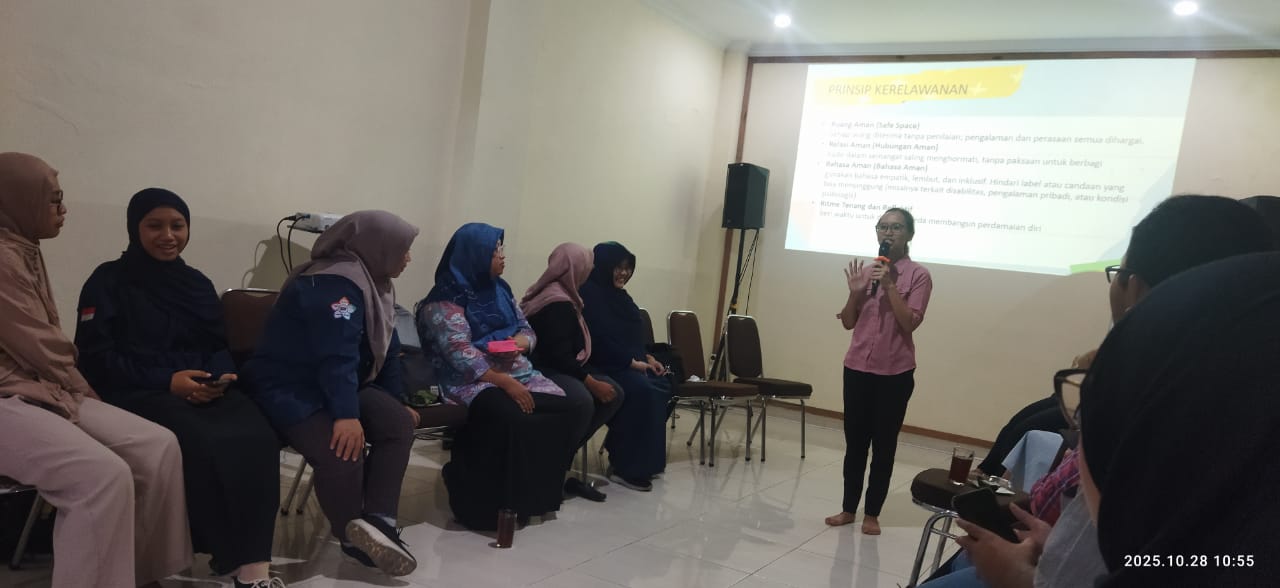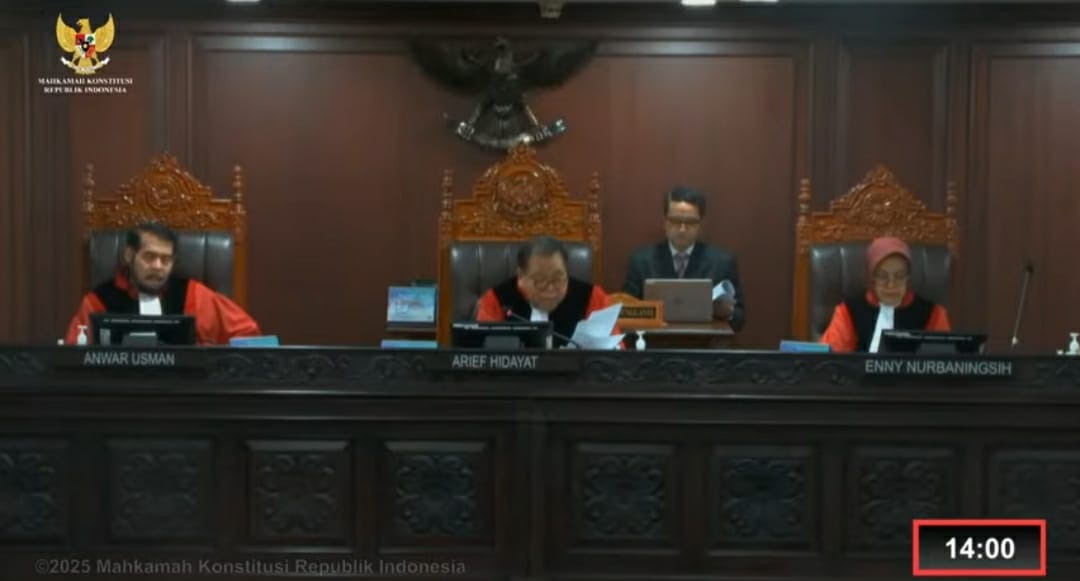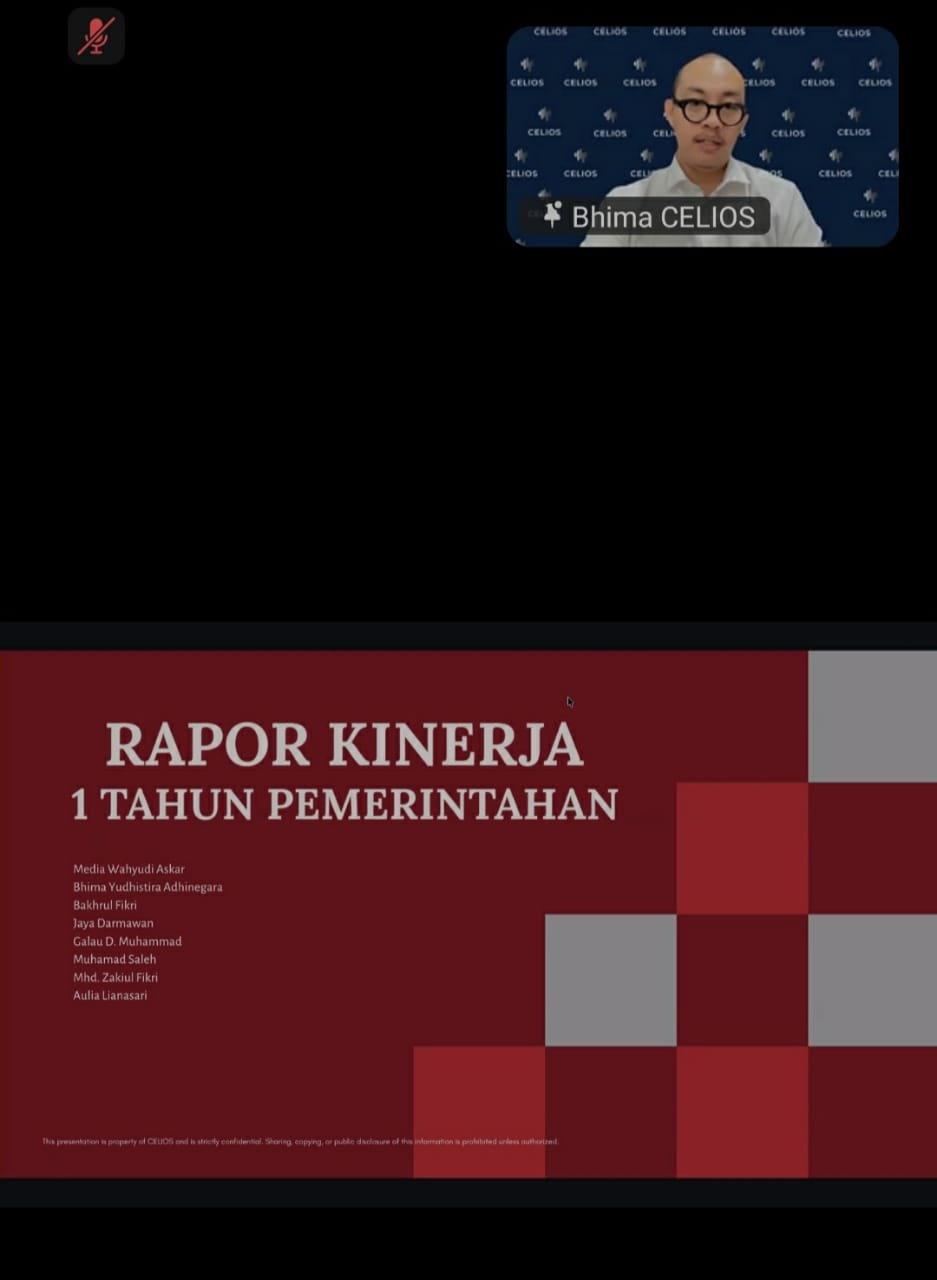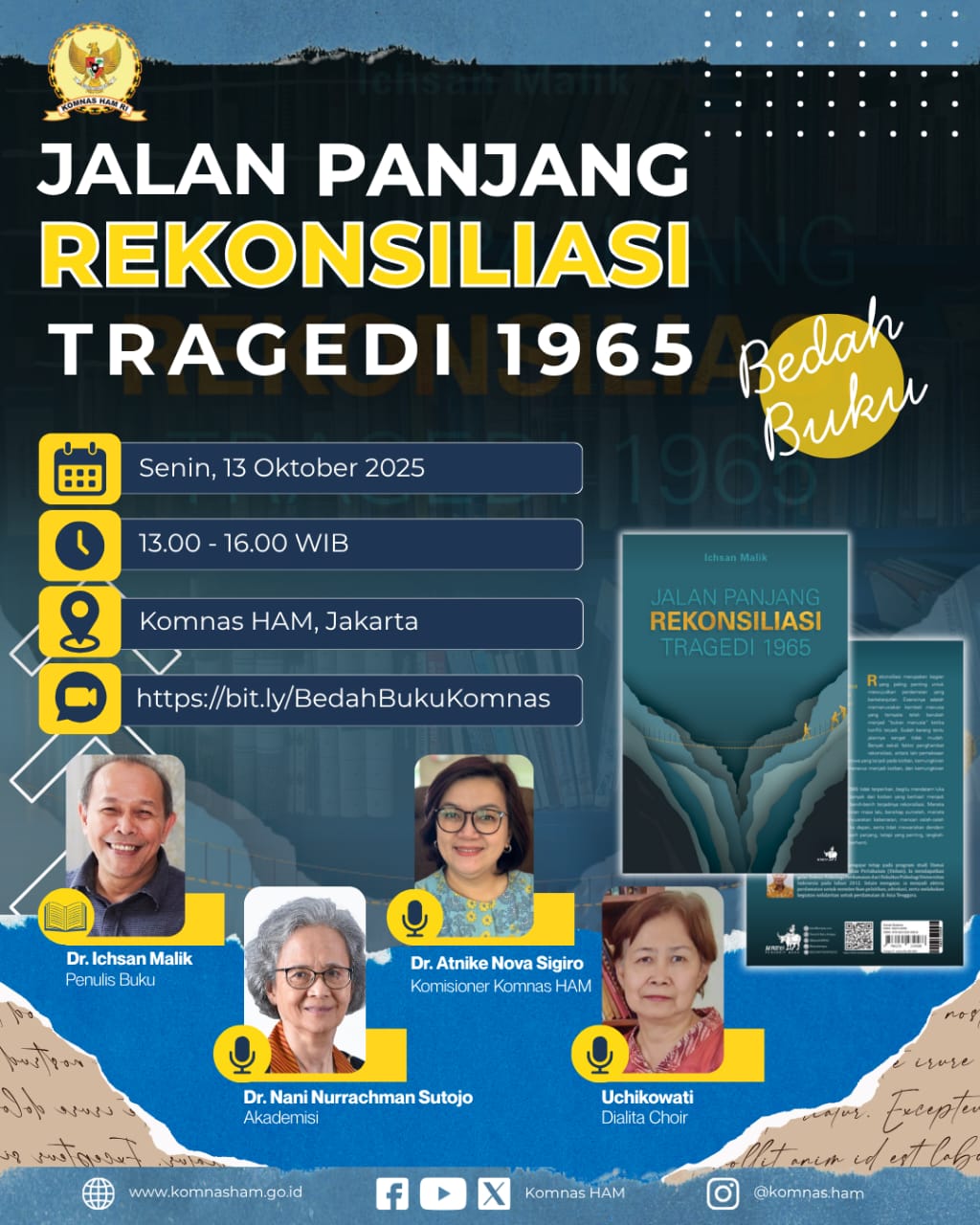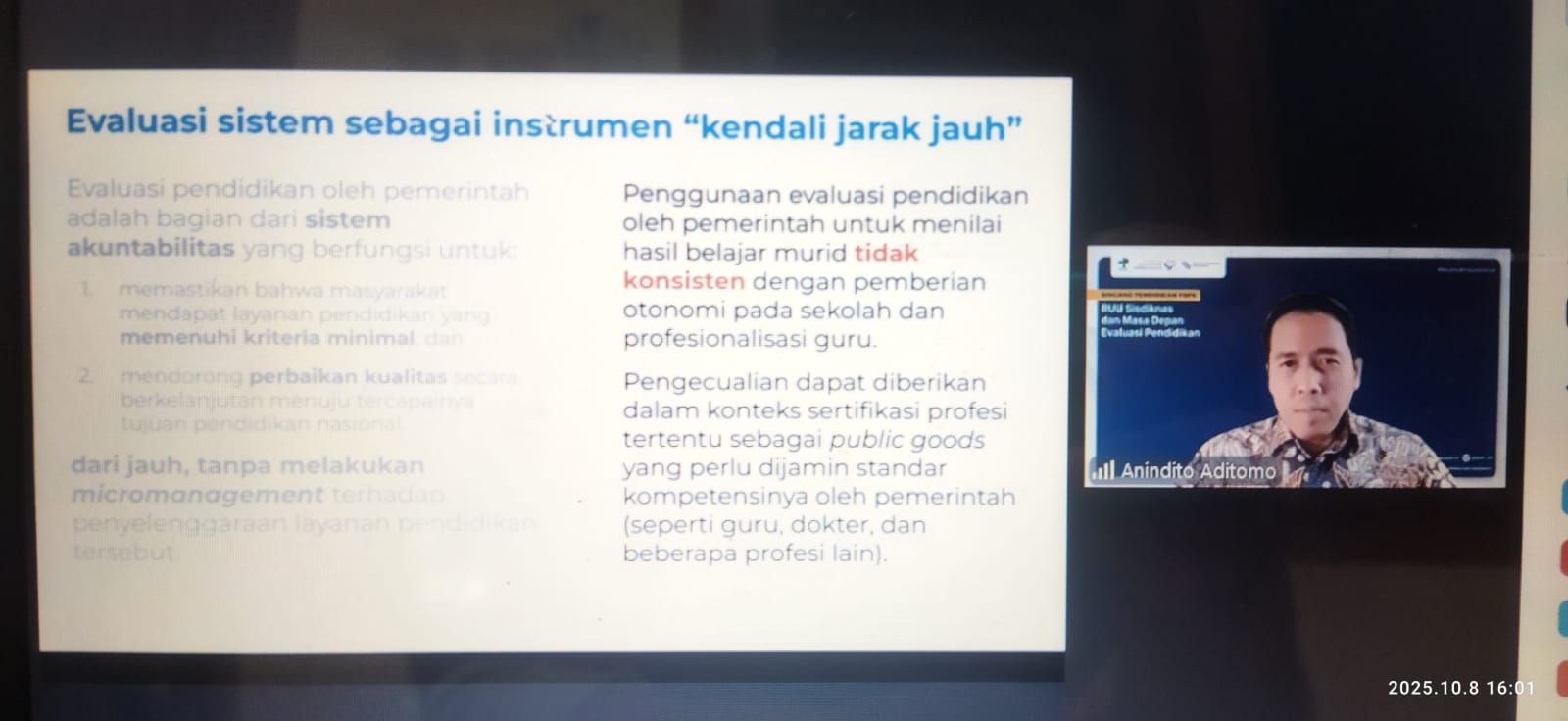Decision regarding the function of indigenous forest must follow indigenous mechanism as the subject of law, and not following the State mechanism. What happens today is that the State Forestry Law (protected forest, conservation, and so on) applies even in indigenous forest.
This happens despite the fact that indigenous communities have defined their own zones. This is the point made by one workshop participant on Synchronising Policies regarding Decisions on Indigenous Forest Community and Indigenous Law by the National Forestry Council and Asia Foundation on Wednesday (9/7). Another participant, Enika says that she and her group demand for the acknowledgement of indigennous forestry since 2002 using the District Administrator decision letter, and now with the Forestry Minister’s decision, she starts anew in asking for Indigenous Forest Community to be integrated into Indigenous Forestry as the latter has the right to manage, as opposed to Social Forestry where the indigenous communities only have access to manage. The question is what about forest people (i.e. Suku Anak Dalam) who are have a nomadic life, hence there is no indigenous forest, as they only have space to roam? Inputs for revision of Forestry minister regulation No. 9 Year 2021 should take indigenous community, who remains nomads, into consideration.
When indigenous forestry community exists, the government has the obligation to protect the rights of indigenous people and the indigenous forest. Indigenous forestry community must conduct area mapping. When there is “government presence” in indigenous forestry community, then what happens when investors come suddenly and start doing things in indigenous forest?
The workshop moderator starts by making a summary of the previous discussion amongst stakeholders, including the academics and NGOs, that the Forestry Minister regulation is not doing its role to solve conflicts regarding social forestry, that there is not enough specificity on the regulation, that more accompaniment is necessary, that social forestry in conservation area and forest use management are signs of a step back, that verification should include area mapping, not merely administrative overview, that there should be clearer articulation regarding village forest, people’s forest, and partnership, functions and benefit sharing, aspects regarding underdeveloped areas, that incentive, finance, and penta-helix supports are vital for the business aspect.
Bambang Hendroyono (head of National Forestry Council), says in his opening speech that there should no longer be disharmony amongst regulations. There should be a review of Job Creation Law, Government Regulation No. 23, and Ministerial regulation No. 9 regarding Indigenous Law to see where the disharmony lies. He also says that the Job Creation Law should accommodate the decision made by the Constitutional Court No. 34 and 35, the lack of full implementation of Government regulation, where there is a need for a Decision Letter regarding the roles of district administrator and governor, the State must be present in order to speed up social forestry, and make indigenous community and Indigenous Forestry a priority.
Ricardo Simarmata from Forum Komunikasi Kehutanan Sosial (FKKM) presents a review of the legal aspect. He makes it clear that there were not as many laws in the past as today. Achievement in acknowledgement regarding indigenous rights is far from expectation, as there is shift regarding declaratory acknowledgement and regulation disharmony regarding acknowledgement (district regulation). There should be laws on indigenous forest and indigenous forest zone(s), as well as decision on subjects and objects.
The Directorate General of Social Forestry says that the background to revision of Law No. 41 Year 1999 and Ministerial Regulation LHK No. 9 Year 2021 is to speed up and to improve quality of social forestry and collaboration.
The workshop conclusion is that Environmental Ministerial Regulation No. 9 Year 2021 must be revised through a stand-alone Indigenous Forest Scheme, the State is present in protecting and in making sure that there is no change in functions within indigenous areas, that there is a document validation and verification process and field observation to ensure that protection of indigenous community and decision on indigenous land go hand in hand (parallel), and use the Constitutional Court Decision No. 35 as the legal reference to prepare the academic article for the revision of Government regulation No. 23. (Yosi Krisharyawan/Ast)








